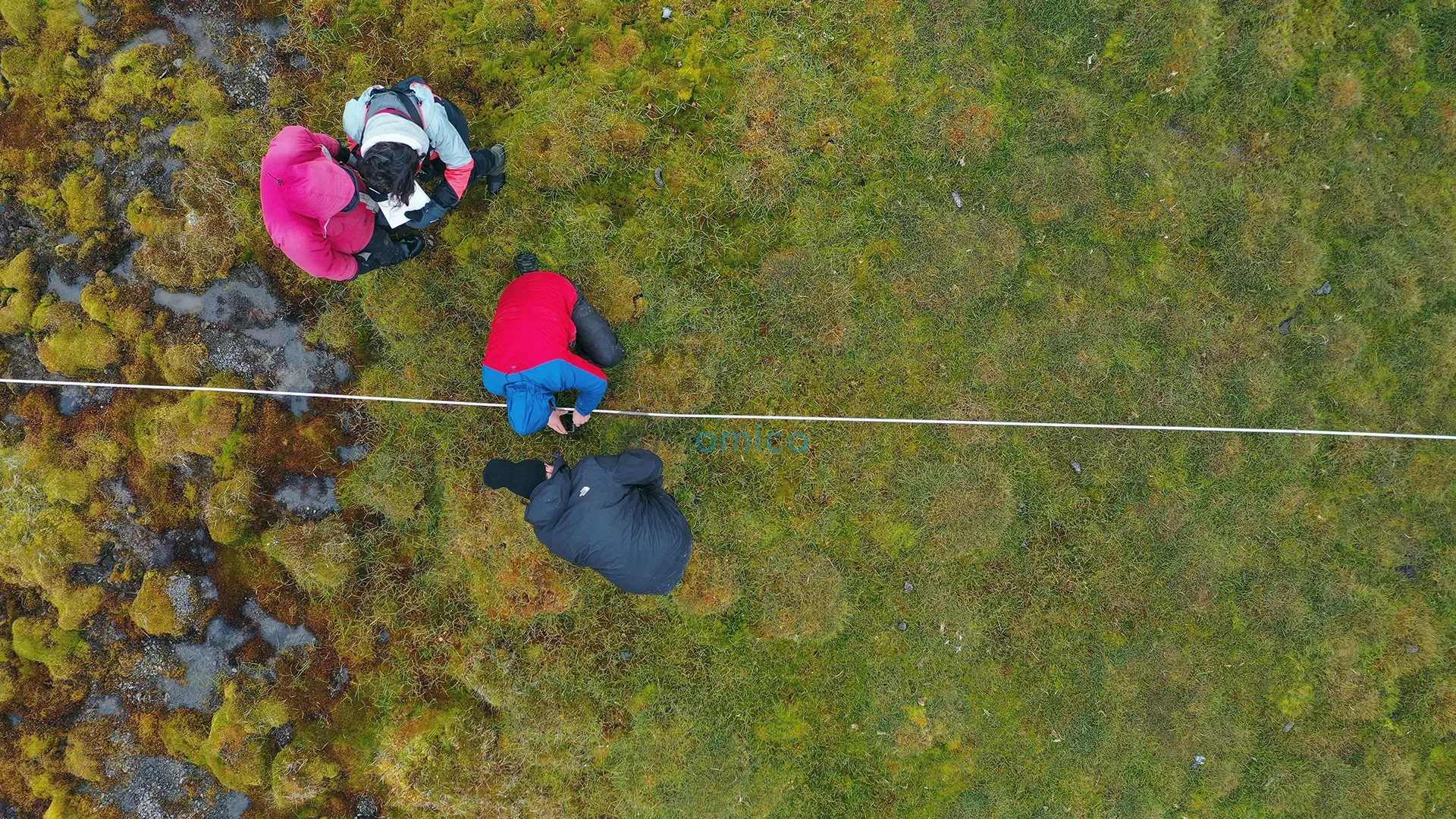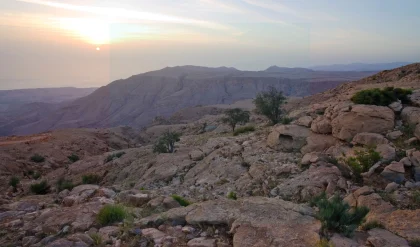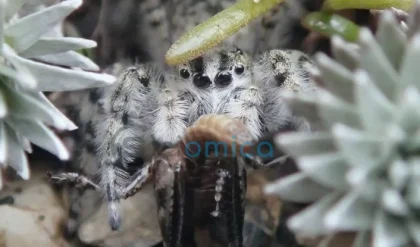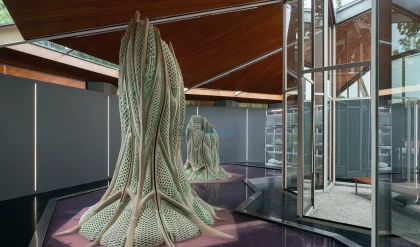
Recent research has revealed that peatlands in the Arctic are on the rise as global temperatures increase. This groundbreaking study, led by scientists from the University of Exeter, utilized satellite imagery, drone technology, and firsthand observations to evaluate the boundaries of current peatland ecosystems—areas characterized by saturated soil that sequester significant amounts of carbon.
Over the past 40 years, the research has shown a notable outward expansion of peatlands in the European and Canadian Arctic. While this growth could play a role in mitigating climate change by storing carbon, the researchers caution that heightened warming in the future could result in the widespread degradation of these vital ecosystems, subsequently releasing stored carbon and exacerbating the climate crisis.
According to Dr. Katherine Crichton from the University of Exeter, the Arctic has experienced a temperature increase of around 4°C over the last four decades, significantly outpacing global averages. This shift has created more favorable growing conditions for vegetation, leading to a phenomenon known as the “greening” of the Arctic. The research team aimed to determine if these changes could be attributed to the expansion of peatland plant communities.
Historical records indicate that warm periods in Earth’s past have coincided with increased carbon storage in peatlands. The current study provides compelling evidence linking climate change to the expansion of peatlands, with two-thirds of the sites studied showing signs of growth based on a measure known as “peak-summer greening,” which refers to the enhanced growth of peatland-dominating plants.
Researchers investigated 16 sites ranging from low to high Arctic regions and compared data collected from 1985-1995 with that from the last 15-20 years. The most significant changes were noted in areas that have seen the steepest rise in summer temperatures, such as the Norwegian archipelago of Svalbard.
Professor Karen Anderson from Exeter’s Environment and Sustainability Institute remarked that Arctic peatlands are evolving into an increasingly critical natural carbon sink, at least temporarily. However, she also indicated that ongoing temperature rises may disrupt rainfall patterns, raising questions about the sustainability of newly formed or existing peatlands. Moreover, there’s a risk that methane emissions could increase alongside these changes.
The study embarked on an unexpected journey that included navigating the challenges posed by COVID-19, polar bear safety training, and even transporting canoes overland. Initial steps involved pilot studies to analyze peatland samples in Canada and Finland, coupled with testing remote sensing techniques via drones and satellites. After facing several funding rejections, the team finally secured a grant in 2018, allowing them to commence their research in the summer of 2019.
While fieldwork faced interruptions from the pandemic, Dr. Crichton continued to make strides with data analysis and site identification. Expeditions in 2021-22, some taking place on the remote Bylot Island, revealed unique challenges and the harsh realities of Arctic research, including a reliance on helicopter transport to access sites with no official names—leading to unofficial monikers like “Angela’s Paradise.”
The study, part of the Increased Accumulation in Arctic Peatlands (ICAAP) project funded by the Natural Environment Research Council, underscores the critical interplay between climate change and peatland dynamics. Published in the journal Communications Earth and Environment, the paper emphasizes the importance of understanding these developments as part of the broader conversation surrounding climate change.
Reference:
- K. A. Crichton, K. Anderson, R. E. Fewster, D. J. Charman, M. Garneau, M. Väliranta, M. Mleczko, J. N. Handley, S. Hodson, R. E. Parker, G. T. Swindles, M. Blaauw, A. V. Gallego-Sala. Satellite data indicates recent Arctic peatland expansion with warming. Communications Earth & Environment, 2025; 6 (1) DOI: 10.1038/s43247-025-02375-1






